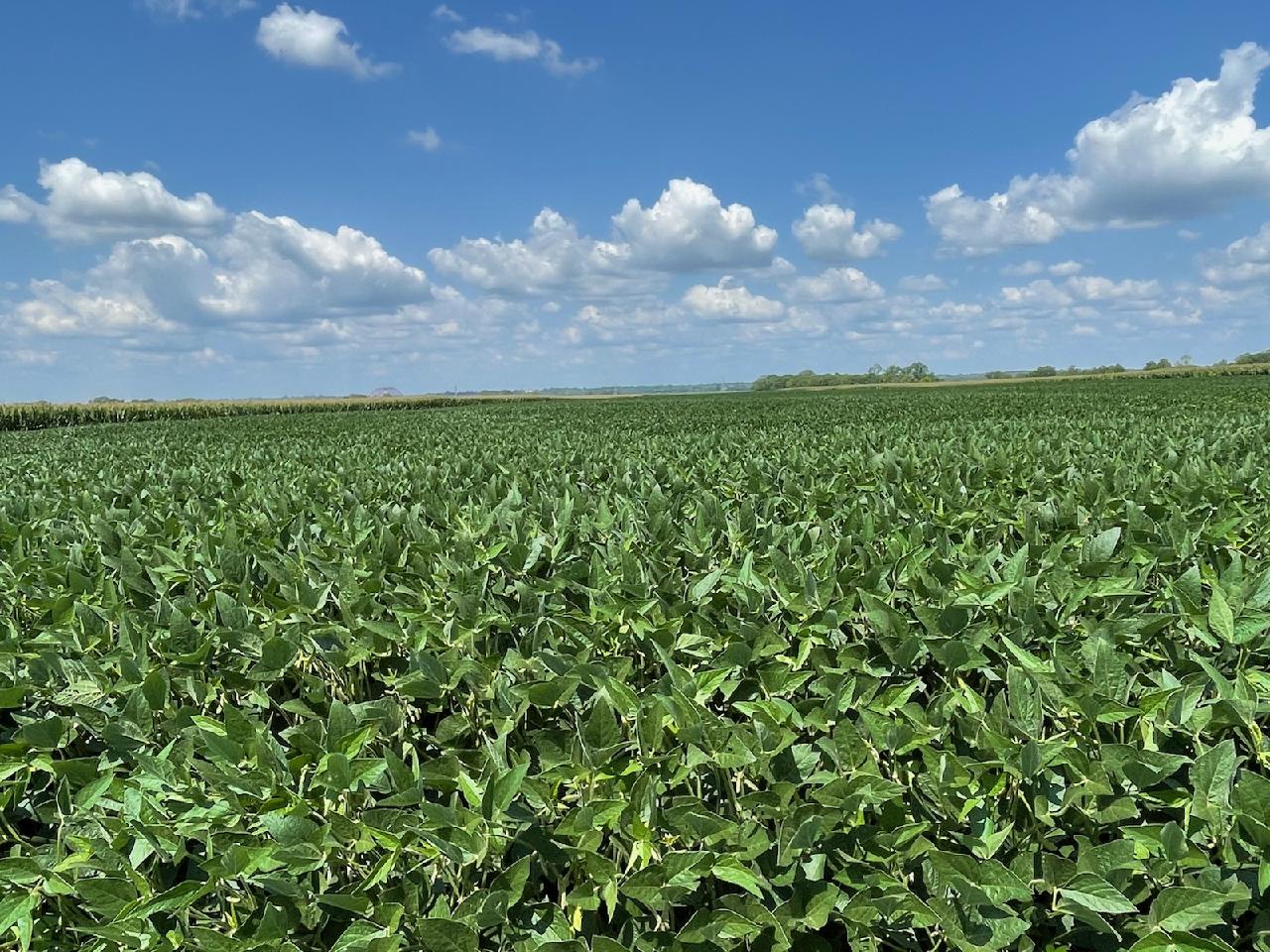Can U.S. Soy Hold onto Yield?
- Category:
- Market Information

Each summer, especially as harvest grows near, international buyers are increasingly interested in and asking farmers how their crops look. With its annual Crop Tour, Pro Farmer helps answer that question. This year, U.S. Soy teamed up with Pro Farmer to help shed light on crop quality, crop progress and anticipated yields.
The crop looks good right now but without moisture, we could see that fall in some areas, said Chip Flory, editorial director and host at Pro Farmer and Farm Journal Media. Flory presented the results to hundreds of global customers Aug. 25 during the U.S. Soy Global Trade Exchange and Specialty Grains Conference.
Flory shared that many bean fields are at a critical stage in needed rain. If soybeans can catch a rain or two in the next couple of weeks, those pods could easily fill out. On the flip side, if it doesn’t rain, we could lose some. Dependent on weather, it could tilt either way, he explained.
He also noted that scouts were a bit surprised as they got into fields. From the road, the crop looked good, he said, but when you got into the fields, the pod counts weren’t there. However, Flory reminded buyers: It’s not the pod counts that equate to yield; it’s how they fill out.
To hear the full report, watch below.
When it comes to pod count, Illinois took the prize on the crop tour with an average of 1,279.8 pods counted in a 3x3 foot area, whereas South Dakota came in on at the low end with an average of 996.9 pods.
“This is still the third best soybean yield coming off the crop tour,” Flory said, so a large supply is expected as we move into the marketing year.
Meanwhile, the U.S. Department of Agriculture pins average Illinois yields at 64 bushels per acre (up from 59 last year) and Iowa yields at 58 bushels per acre (up from 53 last year).
While yield is still being determined, overall demand for soy is strengthening. As the end of the 2021 marketing year approaches, the latest WASDE report pins exports at 61.5 MMT or 2.26 billion bushels. Furthermore, a recent export sales report pinned accumulated exports through Aug. 5 at 59.4 MMT with another 2.57 MMT in open sales, bringing total commitments to just over 62 MMT for the 2020/21 marketing year.
This means total commitments are closing in on the record set in 2016/17. This strengthening demand can be attributed to a number of things, one of which is China, but also more countries are turning to U.S. Soy, including Algeria, Saudi Arabia, Sri Lanka and Vietnam.
Flory was joined by U.S. soy farmer leaders from several growing regions who helped to provide perspective from their farms and local areas.
Grower leaders included:
Stay tuned for more information and reporting from the U.S. Soy Global Trade Exchange and Specialty Grains Conference.
This story sponsored by the United Soybean Board.